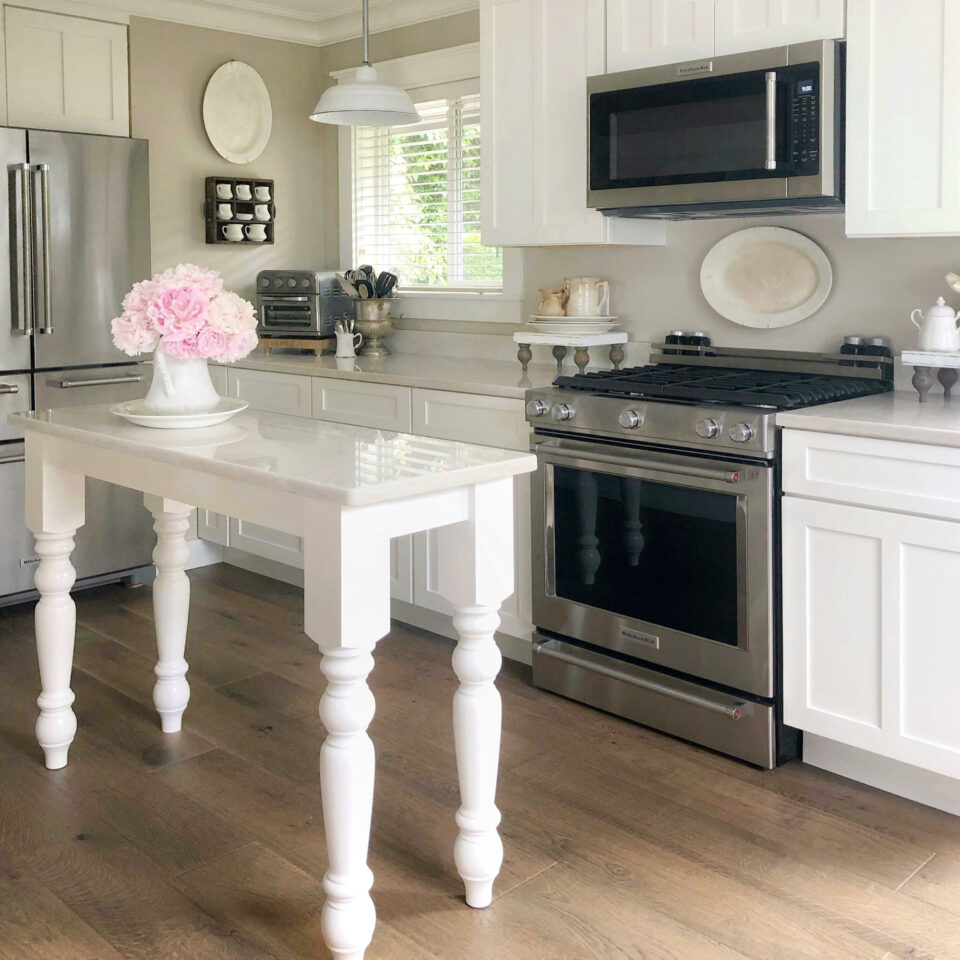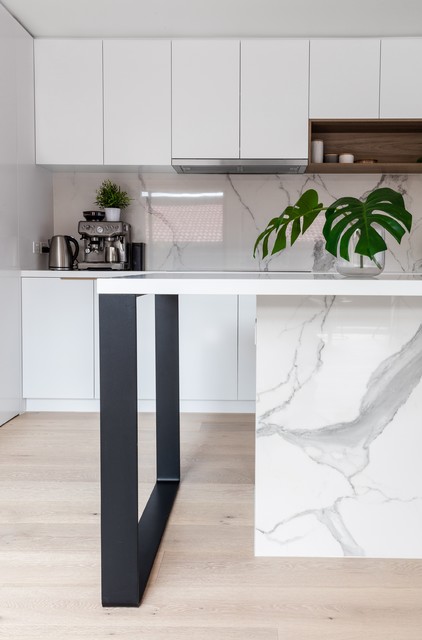A Comprehensive Guide to Picking the Right Kitchen Island Leg
A Comprehensive Guide to Picking the Right Kitchen Island Leg
Blog Article
Top Considerations When Selecting a Kitchen Area Island Leg for Modern Cooking Area Interiors
In the realm of contemporary cooking area interiors, the selection of a cooking area island leg is crucial, influencing both visual appeals and functionality. As these aspects link, they elevate additionally inquiries about exactly how to accomplish the ideal equilibrium between style and usefulness, leaving one to contemplate the implications of each decision on the overall kitchen area experience.
Product Selections
When it comes to selecting a kitchen area island leg, material selections play a critical duty in both aesthetics and performance. kitchen island leg. The most common materials include wood, metal, and composite choices, each offering potential drawbacks and unique advantages
Timber is preferred for its heat and classic allure, supplying a classic appearance that enhances various kitchen area designs. It is highly flexible, enabling for customization in terms of surfaces and colors. Nevertheless, wood might call for even more maintenance to avoid bending or damage from wetness.
Steel, on the other hand, brings a modern-day and industrial panache to cooking area islands. Stainless-steel and wrought iron are prominent choices, recognized for their durability and resistance to wear. They can endure the roughness of day-to-day usage but might do not have the heat connected with wood.
Composite products, such as engineered timber or synthetic blends, use an equilibrium between rate, sturdiness, and looks. These options are typically developed to imitate the appearance of all-natural materials while giving resistance to scratches and spills.
Inevitably, the option of product ought to align with the overall kitchen design and intended use, making sure that the cooking area island leg is both visually enticing and useful.
Design And Style
The design and style of a cooking area island leg substantially add to the general aesthetic of the area, matching the chosen product. When choosing the leg design, consider the architectural style of the kitchen area. Smooth, minimal legs made of stainless steel or acrylic harmonize with modern designs, while ornate, turned timber legs improve standard or farmhouse looks.
Furthermore, the surface of the leg can influence the aesthetic impact; a sleek chrome or matte black coating might stimulate contemporary style, while troubled wood speaks with rustic beauty. The leg's form additionally plays a vital duty-- directly, angular forms communicate an even more commercial feel, whereas conical or rounded legs introduce a softer, much more welcoming appearance.
Integrating decorative elements, such as makings or decorations, can include character and personality to the kitchen area island, further boosting its function as a centerpiece. Inevitably, the selected leg style need to not only align with the total kitchen area design but likewise reflect the homeowner's individual preference, guaranteeing that the kitchen island comes to be a practical and harmonious focal point within the modern cooking area inside.
Height and Proportions
Accomplishing the ideal height and proportions for a kitchen island leg is vital for both functionality and looks. Kitchen area islands generally vary in elevation from 28 to 36 inches, depending on their meant usage-- whether as a food preparation surface, eating area, or work space. Requirement counter top elevation is approximately 36 inches, making it vital that the legs you select enhance this elevation to supply a seamless, integrated appearance.
Proportions additionally play a vital role in the visual equilibrium of the kitchen. The size and weight of the read here leg ought to agree with the total design of the island - kitchen island leg. A slim leg may be proper for a contemporary or minimalistic island, while an extra considerable leg may be needed for rustic or traditional styles. Additionally, take into consideration the spacing between the legs; adequate range ensures convenience and simplicity of activity around the island.
When choosing the elevation and percentages of the cooking area island leg, remember the general style motif of your cooking area. This attention to detail not only boosts the performance of the area yet additionally contributes to a aesthetically enticing and cohesive interior style.
Security and Assistance
Consistently guaranteeing stability and assistance in cooking area island legs is vital for both security and functionality. A well-constructed his response kitchen island have to hold up against day-to-day use, including weight from devices, cooking, and social events. The choice of legs ought to prioritize durable materials and styles that can offer sufficient assistance.
When examining stability, consider the leg's product-- hardwood, steel, or aluminum commonly provide remarkable stamina compared to lighter choices. Additionally, the design should include a wide base to disperse weight evenly and lower the risk of tottering or tipping. As an example, legs made with an A-frame or cross-bracing can significantly boost security.

Incorporating these factors to consider will certainly not just boost the general safety of the kitchen area space yet likewise improve the longevity and capability of the cooking area island, making it a useful centerpiece in contemporary kitchen interiors.
Completing Touches
When it comes to finishing a kitchen area island, thoughtful completing touches can substantially boost both its visual charm and functionality. Choosing the ideal leg design is important, yet enhancing it with appropriate details can transform article source the whole room. Take into consideration adding ornamental components such as toe kicks or walls that match the cabinetry or floor covering to create a seamless appearance.

A natural color combination and product selection will boost the cooking area island, making it an exciting focal factor. By paying focus to these completing touches, homeowners can produce a kitchen island that is both functional and lovely, catering to their way of living and style preferences.
Final Thought

In the world of modern kitchen area interiors, the choice of a cooking area island leg is essential, influencing both aesthetic appeals and performance.The design and style of a kitchen area island leg significantly contribute to the general visual of the area, matching the picked product.Achieving the ideal height and proportions for a cooking area island leg is crucial for both capability and looks.Continually guaranteeing security and support in kitchen area island legs is important for both safety and functionality.In summary, choosing a kitchen island leg for contemporary interiors calls for careful factor to consider of product choices, layout style, elevation, percentages, and security.
Report this page